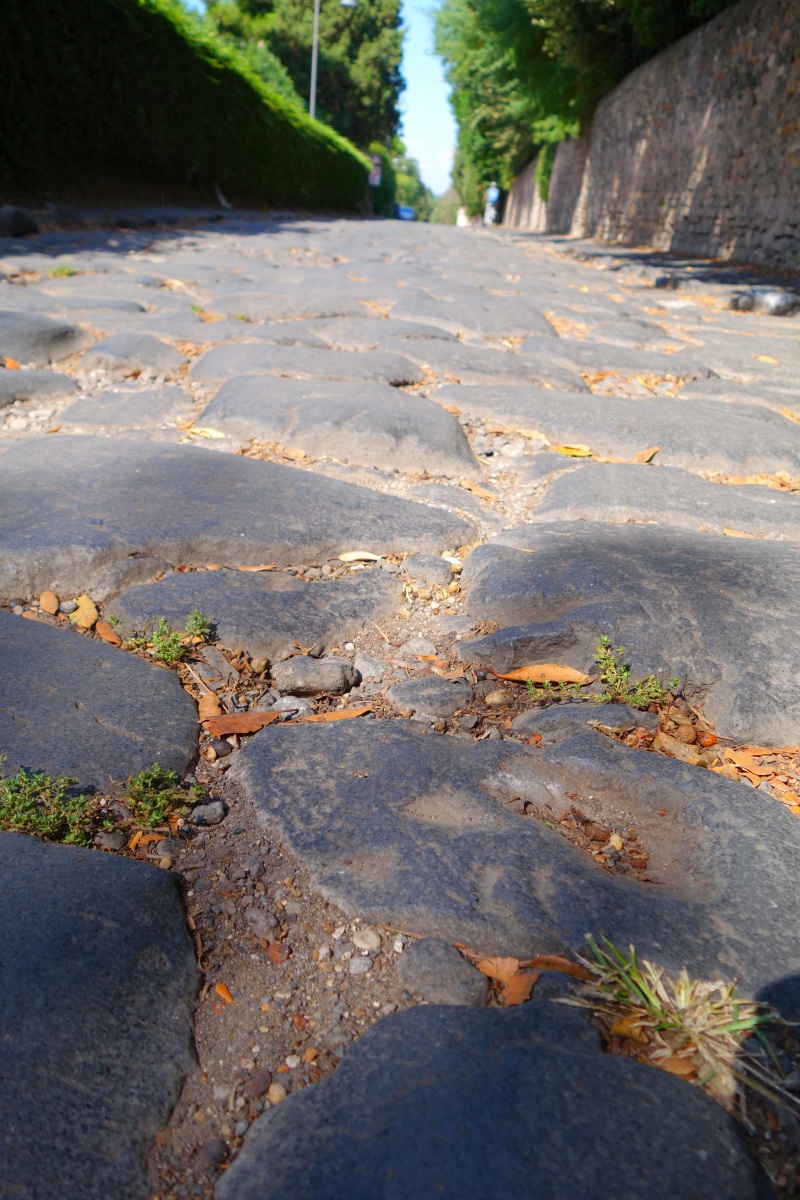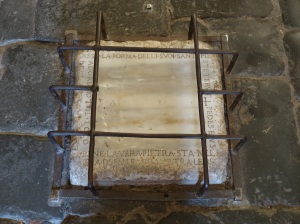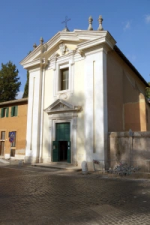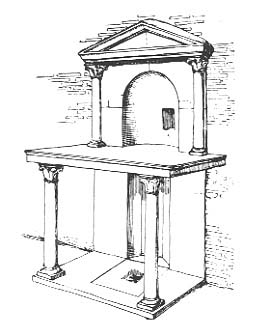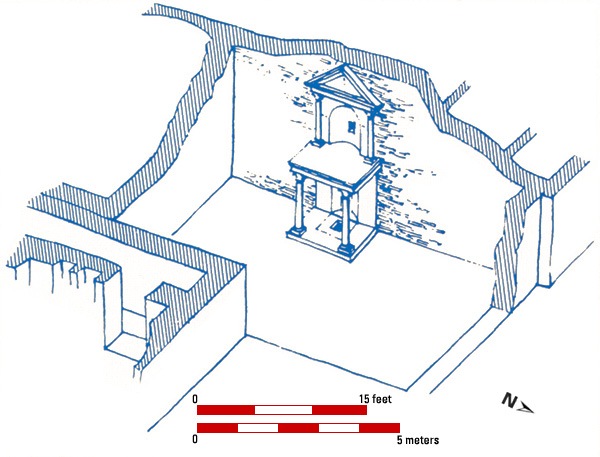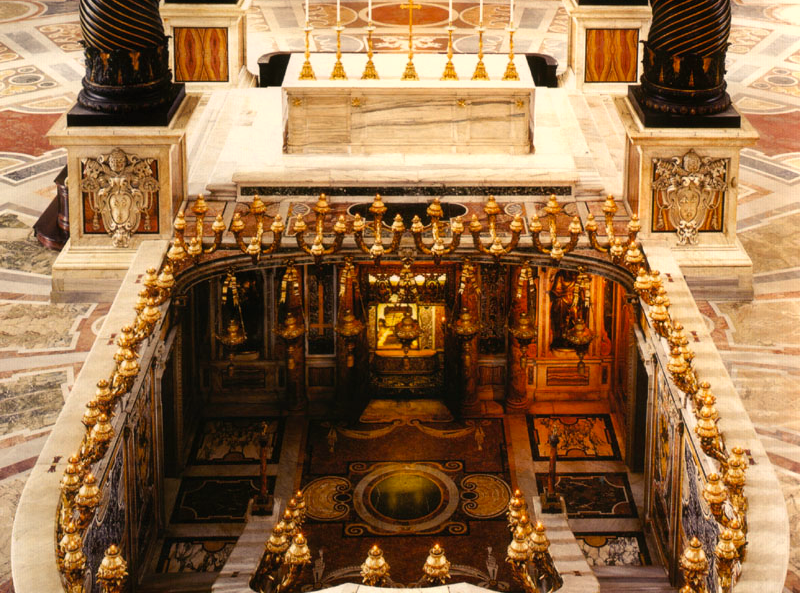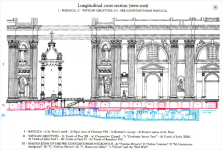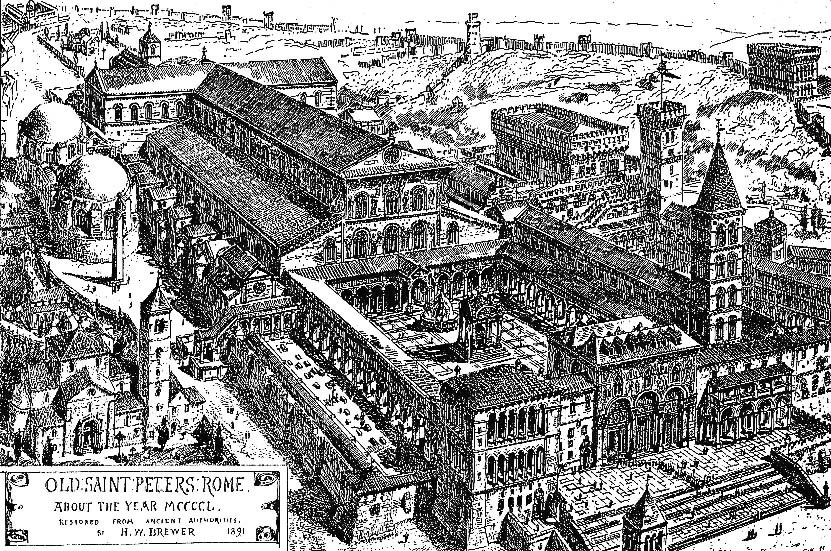Trump Gurl
Credo in Unum Deum
360 Video: Inside the Tomb of St. Peter at the Vatican
From TG: I am borrowing this from another thread. It is really fascinating to me.
Fascinating video!
Yahoo News was granted rare access to film inside the Vatican Grottos, a series of chapels and papal tombs located directly beneath the famous St. Peter’s Basilica in Vatican City. In 360 degrees, the final resting places of popes dating back to the Middle Ages can be viewed on a virtual tour narrated by Yahoo Global News Anchor Katie Couric.
Of the 266 Popes throughout history, approximately 100 of them are buried below the basilica. On the tour, viewers will see monuments to Pope Nicholas the Fifth, Pope Innocent the Seventh, and Pope Paul the Second, among others.
In an exclusive and stunning conclusion to the tour, Yahoo News filmed the tomb of St. Peter, the man Catholics call the “First Pope,” one of the twelve Apostles of Jesus Christ. The remains of Peter are located directly beneath the altar where Pope Francis celebrates Mass, and create a literal foundation for the Church and its deep and storied history.
Play the video then put your mouse on the video and move
From TG: I am borrowing this from another thread. It is really fascinating to me.
Fascinating video!
Yahoo News was granted rare access to film inside the Vatican Grottos, a series of chapels and papal tombs located directly beneath the famous St. Peter’s Basilica in Vatican City. In 360 degrees, the final resting places of popes dating back to the Middle Ages can be viewed on a virtual tour narrated by Yahoo Global News Anchor Katie Couric.
Of the 266 Popes throughout history, approximately 100 of them are buried below the basilica. On the tour, viewers will see monuments to Pope Nicholas the Fifth, Pope Innocent the Seventh, and Pope Paul the Second, among others.
In an exclusive and stunning conclusion to the tour, Yahoo News filmed the tomb of St. Peter, the man Catholics call the “First Pope,” one of the twelve Apostles of Jesus Christ. The remains of Peter are located directly beneath the altar where Pope Francis celebrates Mass, and create a literal foundation for the Church and its deep and storied history.
Play the video then put your mouse on the video and move

